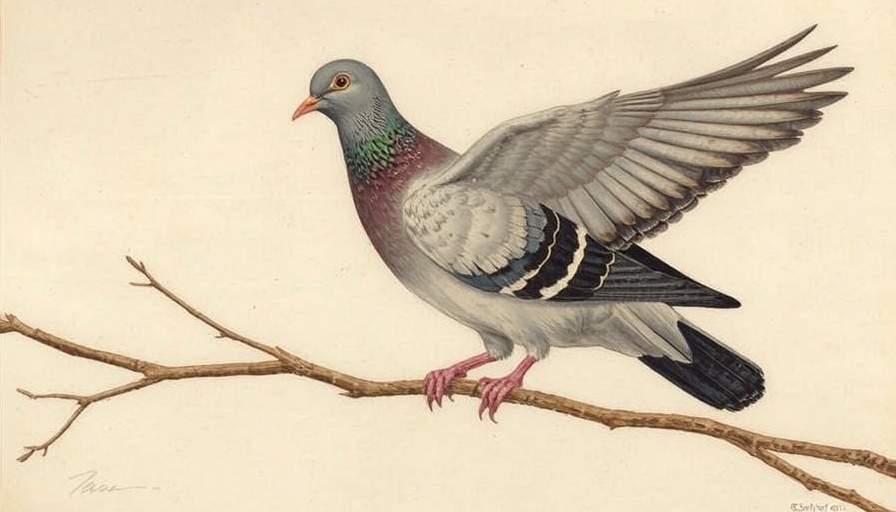
Pablo Neruda: Poet of Nature and Birds
Pablo Neruda, the celebrated Chilean poet renowned for his evocative verses about love, has an equally remarkable legacy associated with the beauty of nature, specifically birds. Though love themes dominate his work, it is his celebration of avian life that unveils a deeper connection to the natural world. With more than twenty poems dedicated to the birds native to Chile, Neruda skillfully intertwines his passion for poetry with the avian beauty around him.
Birds in Neruda's World
In one of his notable pieces, "Ode to the Hummingbird," Neruda writes with vivid imagery, transforming the hummingbird into a captivating figure of nature:
"the hummingbird
in flight
is a water-spark,
an incandescent drop
of American
fire,
the jungle’s
flaming résumé."
This encapsulates Neruda’s ability to convey the essence of birds in minute detail and grand emotion.
Your Connection to Nature Through Words
In recognizing the intricate relationships between poets and nature, readers are encouraged to explore the meaning within these verses. The albatross is another favorite, described by Neruda as skimming the waves with great wings. His metaphor invites readers to see these birds not just as symbols, but as vibrant elements of the ecosystem, deserving of admiration and reflection.
Inspire Yourself with Nature's Poetry
As a modern audience, we can delve into neruda's world and celebrate nature by reflecting on our own encounters with wildlife. Whether it is the subtle beauty of a sparrow or the awe-inspiring flight of an eagle, poetry can be a wonderful bridge between humanity and the avian wonders of our environment. Celebrating birds through poetry not only preserves their beauty but encourages a deeper appreciation of our natural world.
Engage with the rich tradition of celebrating nature through poetry, and consider sharing your own stories of the birds that inspire you. In a world where nature plays a critical role in our lives, the power of words can ignite our passion for conservation and appreciation of wildlife.
 Add Row
Add Row  Add
Add 




Write A Comment